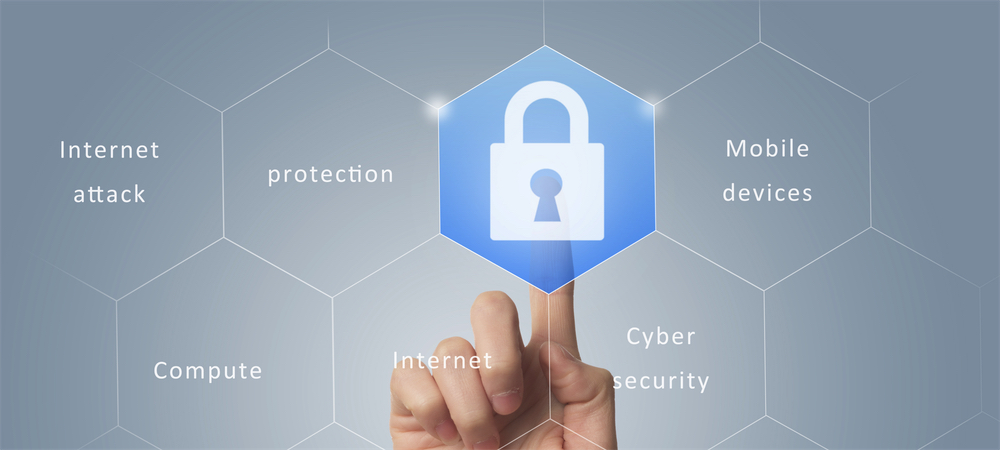The Best Tips For Ensuring The Security of Employee Data

Table of contents
- Significance of Protecting Employee Personal Information
- Employee Data Security Facts That Matter
- Best Practices for Employee Data Protection
- Role of Technology in Protecting Employee Data
- Wrapping up
- Frequently Asked Questions
- 6.1. What is Employee Data Protection?
- 6.2. How Important is Workplace Privacy?
- 6.3. What Measures Can I Take to Protect Employee Personal Information?
- 6.4. Why is Protecting Employee Personal Information a Legal Requirement?
- 6.5. How Does Protecting Employee Data Benefit an Organization?
- 6.6. What Are Some Common Mistakes to Avoid in Employee Data Protection?
- 6.7. How Can Technology Assist in Protecting Employee Data?
- 6.1. What is Employee Data Protection?
The protection of employee data stands as a cornerstone of responsible and ethical business practices. As organizations thrive in a data-driven landscape, the significance of protecting employee personal information against potential threats and breaches cannot be overstated.
In this blog, we’ll talk about various tips on employee data protection, navigating through best practices, legal considerations, and technological advancements.
Significance of Protecting Employee Personal Information
In today’s interconnected digital landscape, protecting employees’ personal information holds immense value. Let’s take a look at the importance of protecting your employee’s personal data:
- Protecting employees’ personal information demonstrates ethical stewardship and an assurance of employee confidence in an organization’s commitment to their privacy.
- Apart from monetary loss, leakage of confidential company information can erode trust, damage reputations, and expose organizations to legal liabilities.
- Data breaches disrupt operations and can also severely impact employee morale and trust. A breach of workplace privacy can sow seeds of doubt about an organization’s ability to protect its workforce, potentially leading to decreased productivity and a loss of confidence in company leadership.
- Regulations, for example, the General Data Protection Regulation (commonly known as GDPR), California Consumer Privacy Act (CCPA), and various data protection laws globally emphasize the need for stringent measures to protect employee information.
Employee Data Security Facts That Matter
- In 2018, approximately 70 million data records were compromised as a result of inadequately set up AWS S3 cloud storage containers.
- Most companies (55%) employ various methods to detect insider threats, utilizing tools such as data leak prevention (DLP) software (54%), user behavior analytics (UBA) software (50%), and employee monitoring and surveillance (47%).
- Credential-based threats are becoming more costly, with each incident now averaging at $871,000 for organizations.
- Nearly half, specifically 45%, of all breaches comprised incidents where data stored in the cloud was compromised.
- Data breaches involve small businesses in 43% of cases.
Best Practices for Employee Data Protection
Now that you know the significance of protecting employees’ personal information, we’ll discuss the best practices you can follow to protect employee data.
Implement Robust Data Security Measures
- Implement robust encryption protocols:Encryption helps render sensitive employee information unreadable to unauthorized users, while secure storage practices, such as encrypted databases and secure servers, fortify data against breaches.
- Employ role-based access controls (RBAC): RBAC ensures that employees only access data relevant to their roles. Additionally, multi-factor authentication (MFA) adds layers of security, requiring multiple credentials for access, significantly reducing the risk of unauthorized entry.
- Keep your software updated with the most recent security patches: Outdated software often contains vulnerabilities that malicious entities exploit. Regular updates ensure these vulnerabilities are patched, enhancing the overall security posture.
Employee Training and Awareness
- Provide education on data security policies and protocols: Comprehensive training programs empower employees to understand the importance of protecting data and equip them with the knowledge to identify potential security threats.
- Educate employees about phishing threats and cybersecurity: Recognizing phishing attempts and understanding how to navigate potential security threats significantly reduces the risk of data breaches.
- Fostering a culture where every employee recognizes their role in data protection: Encouraging a sense of responsibility for safeguarding data creates a collective effort toward maintaining a secure workplace environment.
Establish Clear Privacy Policies And Procedures
- Provide clear and transparent communication about data collection and usage: This transparency builds trust and reinforces the organization’s commitment to workplace privacy.
- Implement consent mechanisms and ensure compliance with regulations: Obtaining explicit consent for data processing activities reinforces the organization’s commitment to respecting employee privacy rights.
- Establish clear and precise policies for data retention and deletion: It ensures that employee information is managed responsibly throughout its lifecycle. This includes defining data retention periods and secure data disposal practices.
Monitoring and Incident Response
- Proactively monitor for anomalies and intrusions: Proactive monitoring tools and processes help identify anomalies and potential security breaches in real time. Continuous monitoring enables swift responses to potential threats before they escalate.
- Have well-defined incident response plans and reporting procedures: These plans outline the steps to be taken in case of a data breach, ensuring a rapid and organized response to mitigate the impact.
Also Read: 10 Tips for Choosing the Best Employee Productivity Tracking Software
Role of Technology in Protecting Employee Data
Leveraging advanced technology for employee data protection makes workplace privacy more streamlined.
Comprehensive Data Monitoring and Control
Sophisticated software solutions track data movement, access, and usage across organizational networks. By monitoring data in real-time, you can identify anomalies, unauthorized access attempts, and potential breaches, ensuring proactive protection of employee data.

Role-Based Access Controls (RBAC) and Authorization Mechanisms
Utilizing RBAC functionalities similar to those found in innovative software solutions, organizations establish strict access controls.
This feature enables administrators to define access privileges based on job roles, ensuring that only authorized personnel can access specific data sets, significantly reducing the risk of data breaches.
Activity Tracking and Reporting Features
Advanced software solutions provide robust activity tracking and reporting features. These functionalities log user activities, creating audit trails and comprehensive reports. By tracking user interactions with sensitive data, organizations can swiftly detect any irregularities or suspicious activities, enabling prompt intervention in case of potential breaches.
Encryption protocols integrated into software solutions secure sensitive data. These encryption measures ensure that data remains unreadable to unauthorized entities, enhancing data security during transmission and storage.
Wrapping up
As we wrap up our discussion on keeping employee data safe, it’s clear that modern tools play a vital role in this important task.
ProHance offers modules like Work Time and Output Tracking, Advanced Analytics, Workflow Management, Asset Optimization and Screen Recording. These features are like a shield, ensuring data stays safe and secure. Start your trial today to prioritize trust, integrity, and compliance.
Frequently Asked Questions
Q1. What is Employee Data Protection?
Employee data protection involves safeguarding sensitive information belonging to employees within an organization. This includes personal details, employment history, financial information, and any other data that identifies or relates to an individual.
Q2. How Important is Workplace Privacy?
Workplace privacy is critical as it fosters trust and respect between employers and employees. It ensures that sensitive information remains confidential, fostering a sense of security and contributing to a positive work environment.
Q3. What Measures Can I Take to Protect Employee Personal Information?
Start by implementing strict access controls, encrypting sensitive data, and establishing clear policies on data handling and storage. Regular training on data privacy and conducting audits to ensure compliance are also crucial steps.
Q4. Why is Protecting Employee Personal Information a Legal Requirement?
Various data protection laws mandate organizations to protect employee data. For instance, GDPR and CCPA outline specific rules for collecting, processing, and storing personal information, ensuring that individuals’ privacy rights are respected.
Q5. How Does Protecting Employee Data Benefit an Organization?
Besides complying with legal requirements, safeguarding employee data builds trust, enhances the organization’s reputation, and reduces the risk of data breaches. It also fosters a positive work culture by showing commitment to employee privacy and security.
Q6. What Are Some Common Mistakes to Avoid in Employee Data Protection?
Neglecting regular security updates, mishandling or sharing data without authorization, overlooking employee training on data privacy, and failing to conduct regular audits are common pitfalls to avoid in data protection.
Q7. How Can Technology Assist in Protecting Employee Data?
Advanced software tools like ProHance offer employee activity monitoring, access controls, screen recording, and more features. These technologies fortify data security, ensuring the safe handling of employee information.






